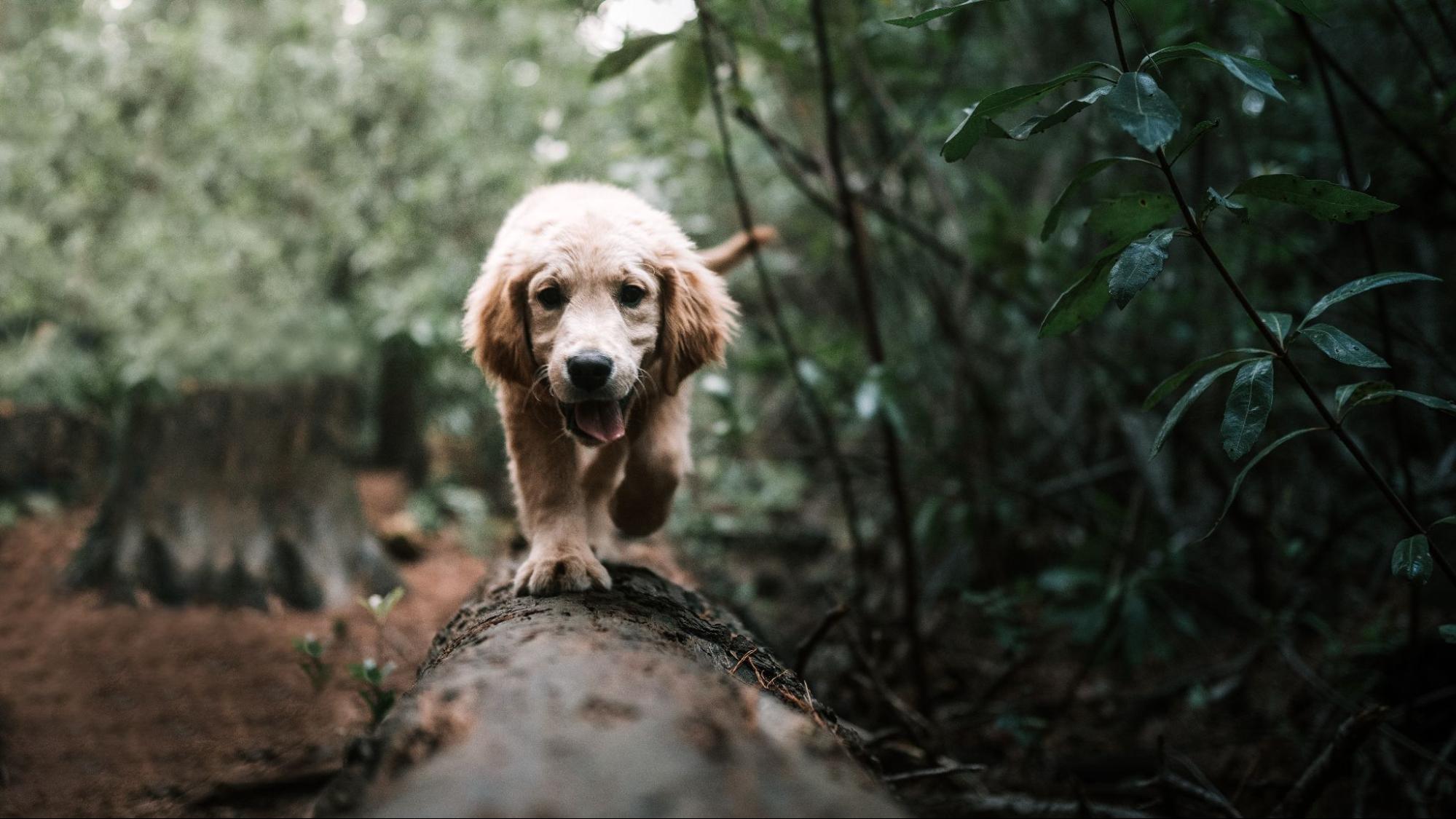How to Stop your Dog from Pulling
Are you struggling with a Labrador that constantly pulls on the leash during walks? Don’t worry, I’ve got you covered! In this article, I’ll be sharing some of the best harnesses available specifically designed to prevent pulling in Labradors. With these harnesses, you’ll finally be able to regain control over your walks and enjoy a more enjoyable and stress-free experience with your furry friend.
Pulling can be a common issue for Labradors due to their strong and energetic nature. However, it’s important to address this behavior early on as it can lead to various problems such as leash aggression or even injuries for both you and your dog. That’s where these specially designed harnesses come in handy.
Whether you have a young Labrador who is just starting his training journey or an older dog who has developed the habit of pulling over time, these harnesses are here to help. From front-clip harnesses that redirect your dog’s attention towards you, to no-pull designs that discourage pulling altogether, there’s something for every Labrador owner looking for an effective solution.
Stay tuned as we dive into the world of anti-pulling harnesses and explore how they work their magic in teaching your Labrador proper leash manners. By implementing the right tools and techniques, you’ll soon find yourself enjoying peaceful walks with your four-legged companion without any tugging or straining. So let’s get started on our quest to stop your dog from pulling!
Choosing the Right Harness
When it comes to preventing pulling in Labradors and teaching them to walk calmly on a leash, selecting the right harness is essential. With numerous options available in the market, finding the best harness for your furry friend can be a daunting task. However, with some guidance and understanding of your dog’s needs, you can make an informed decision.
Consider the following factors when choosing a harness:
- Comfort: Look for a harness that prioritizes your Labrador’s comfort. Opt for designs that distribute pressure evenly across their body and have padding to prevent rubbing or chafing.
- Size and Fit: Ensure that the harness fits properly by measuring your dog’s chest girth accurately. A loose-fitting harness may lead to escape attempts, while a tight one can cause discomfort or restrict movement.
- Front-Clip vs Back-Clip: Both front-clip and back-clip harnesses have their advantages. Front-clip harnesses discourage pulling by redirecting your dog’s attention towards you when they try to pull ahead. Back-clip harnesses are suitable for well-trained dogs who no longer tug on the leash aggressively.
- Durability: Labrador Retrievers are known for their strength and energy levels, so opt for a durable and sturdy harness that can withstand their active lifestyle without compromising safety.
- Training Needs: Consider whether you need a specialized training harness designed explicitly for pulling prevention or if a standard walking harness will suffice based on your Labrador’s behavior and training requirements.
Remember, every dog is unique, so what works for one Labrador may not work as effectively for another. It may take some trial and error before finding the perfect fit for your furry companion.
By taking these factors into account during your search, you’ll be well-equipped to choose a reliable and effective harness that helps prevent pulling in Labradors and promotes enjoyable walks with your four-legged friend.

Understanding Why Dogs Pull
When it comes to understanding why dogs pull, there are several factors to consider. As a dog owner myself, I’ve experienced firsthand the frustration of trying to walk a pulling Labrador. It’s important to remember that pulling is a natural behavior for dogs, and it often stems from their instincts and habits. Here are some key reasons why dogs may pull on the leash:
- Excitement and Energy: Dogs are naturally energetic creatures, and when they see something that excites them, like another dog or a squirrel, their instinct is to chase after it. This excitement can lead them to pull on the leash in an attempt to get closer.
- Lack of Training: Pulling on the leash can also be a result of insufficient training. If your dog hasn’t been taught proper leash manners from an early age, they may not understand that pulling is undesirable behavior.
- Curiosity and Exploration: Dogs have an innate curiosity about the world around them. They want to sniff every tree, investigate every bush, and mark their territory along the way. This curiosity can cause them to tug on the leash as they try to explore their surroundings.
- Socialization Issues: Some dogs may pull on the leash due to socialization issues or fear-related behaviors. If your dog feels anxious or uncomfortable in certain situations or around other dogs, they may resort to pulling as a defense mechanism.
- Breed Tendencies: Certain breeds have been bred for specific purposes such as hunting or herding livestock, which can contribute to their inclination to pull on the leash. For example, Labradors were originally bred as retrievers and have strong instincts for tracking scents and chasing prey.